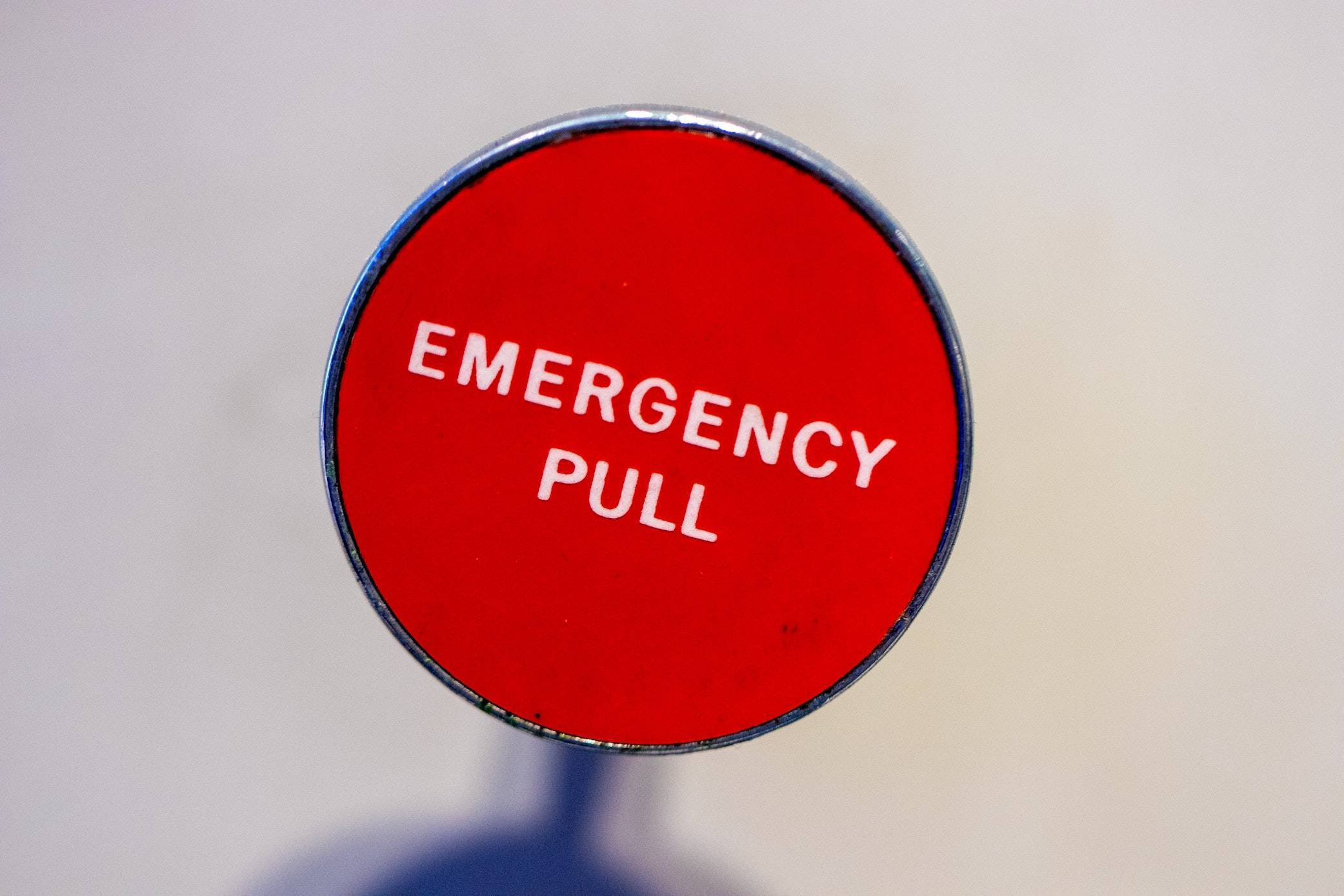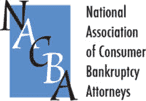If you were not living with an extreme amount of debt, it can feel overwhelming. Having extreme debt can be even more stressful when you are trying to deal with multiple creditors trying to collect money from you. In these situations, filing for bankruptcy could be your best option. If you are facing the collection of funds due to a lawsuit against you, or you are faced with losing your car to possession, filing for emergency bankruptcy could be your best option.
If you need the protection of an automatic stay immediately and you cannot wait to complete all of the bankruptcy forms, filing an emergency bankruptcy could be your best option. The automatic stay will stop all of your creditors from collecting from you. It will also prohibit a lawsuit filed against you and most legal actions against your property taken by creditors.
What is an Emergency Bankruptcy?
After deciding whether to file a Chapter 13 or Chapter 7 bankruptcy. Debtors must gather documents, complete forms, and engage in pre-bankruptcy planning. If your case requires you to file for bankruptcy and you do not have time to complete all of the extensive paperwork, you have the option of filing for emergency bankruptcy.
Emergency bankruptcy can be beneficial for people who need an automatic stay immediately. We recommend discussing your case with an experienced bankruptcy attorney at Bankruptcy Law Center who can help you determine whether filing for emergency bankruptcy is the best option for you.
Reasons to File for an Emergency Bankruptcy
There are several reasons a person might choose to file for emergency bankruptcy. Most of the time, people file for an emergency bankruptcy when they do not have time to fill out all of the necessary paperwork, but they urgently need to start the process of bankruptcy. These cases might include one or more of the following situations:
- Car repossession
- Eviction
- Wage garnishment
- Lawsuits
The Benefits of Filing for Emergency Bankruptcy
Filing for emergency bankruptcy is beneficial because it allows the debtor to have an automatic stay. Once the bankruptcy petition has been filed, creditors are required to stop contacting the debtor. Filing for bankruptcy the typical way will also result in an automatic stay. However, filing for an emergency bankruptcy speeds the process along so the debtor can immediately take advantage of the automatic stay and find immediate relief from harassment by debt collectors.
When filing for an automatic stay, the debtor does not have to wait to complete most of the necessary bankruptcy forms. As a result, emergency bankruptcy can be beneficial for debtors who are feeling desperate. Debtors do need to complete some forms in an emergency bankruptcy, however, such as
- Form 1
- Voluntary Petition
- The Mailing Matrix
- Form 21, which is a Statement of Social Security Number
Additionally, the debtor may be required to fill out the Order Dismissing Chapter 7 Case. If a debtor fails to file the remainder of the bankruptcy forms within 14 days, they may need to complete this form. If the 14 days expires, the debtor can file again. The debtor will also need to petition the court to keep the automatic stay in effect once 30 days have passed after filing for bankruptcy.
The Steps to File for Emergency Bankruptcy
Filing for emergency bankruptcy may seem overwhelming, but we will walk you through the steps you need to take. First, we recommend discussing your case with an experienced bankruptcy attorney. At the Bankruptcy Law Center, we have helped many San Diego clients successfully file for emergency bankruptcy. We can ensure that you have all the correct forms you need for an emergency bankruptcy filing. Next, we will help you fill out the correct forms. We will help you list all of your creditors, including collection agencies, attorneys, a sheriff, and any other person or company that is trying to collect money from you.
We recommend that you keep copies of all of the emergency bankruptcy paperwork for yourself. You can file the originals in any required number of copies along with a self-addressed envelope and the set fee with the bankruptcy court in your locality. One of our attorneys can ensure that you file all of the additional required forms within 14 days of filing for emergency bankruptcy.
After you petition the court for emergency bankruptcy, you will still need to complete all of the required paperwork in any other bankruptcy process. The court will give you 14 days to complete and file all the remaining bankruptcy forms. Remember that these forms are extensive, and, in many cases, they can comprise 60 or more pages of documents. The Bankruptcy Law Center can help you file all of the required forms. If we cannot do so within the 14-day deadline, We will petition the court for an extension of time. If a court approves this request, you will receive a new deadline. If not, the court will dismiss your bankruptcy case.
Which Form of Bankruptcy Should You Choose?
Before you file for emergency bankruptcy, you will need to decide which form of bankruptcy you will use. Many people choose to file for Chapter 7 or Chapter 13 bankruptcy. A Chapter 7 bankruptcy is often called liquidation bankruptcy. The trustee overseeing your bankruptcy case will liquidate, or sell, all of the qualifying assets to pay your creditors. At the end of the process, many of your debts will be discharged. You will need to pass an income test to qualify to file for Chapter 7 emergency bankruptcy.
If you do not qualify for a Chapter 7 bankruptcy, you have the option of filing a Chapter 13 bankruptcy. In Chapter 13 Bankruptcy, you will work with the trustee overseeing your case to create a repayment plan. You will make a monthly lump sum payment for three to five years, and then the court will discharge most of your debt. If you are unsure which type of bankruptcy will work best for you, one of our skilled attorneys will evaluate your situation and advise you of your best option.








